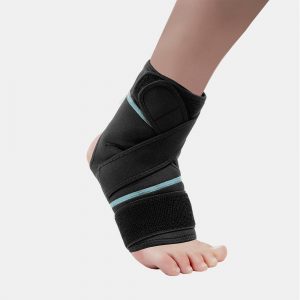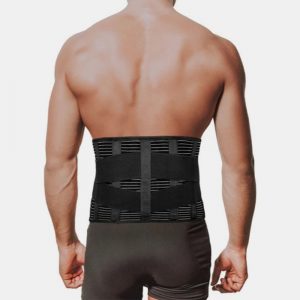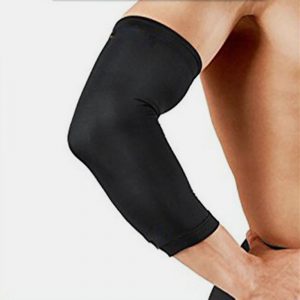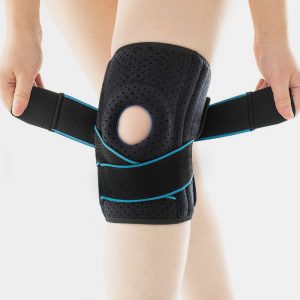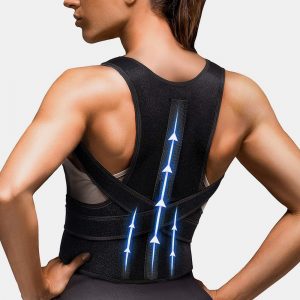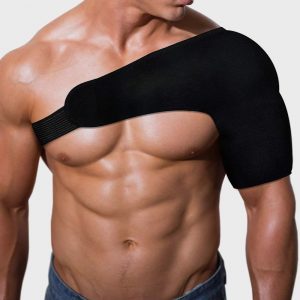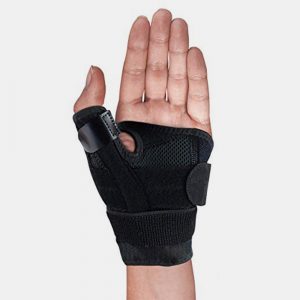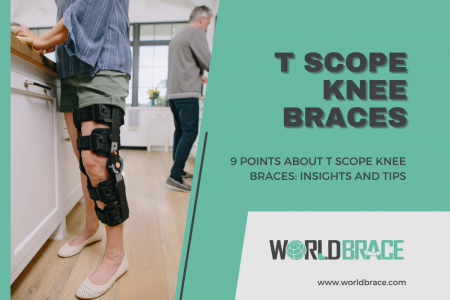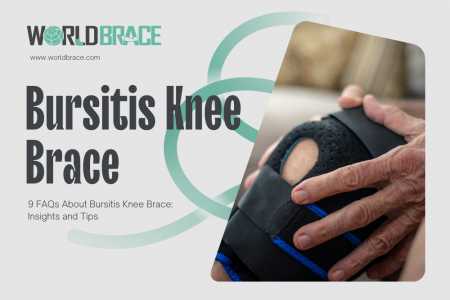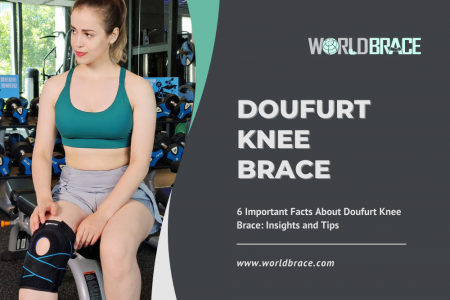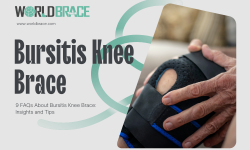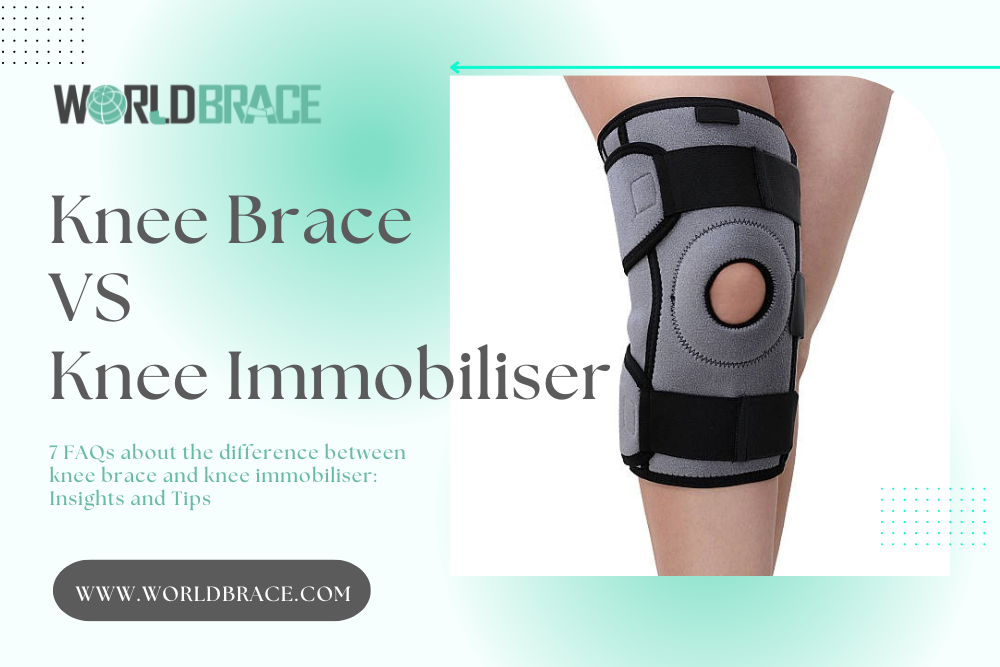
Understanding the Basics
What is the primary function of a knee brace?
Knee braces are orthopaedic devices designed to provide support, stability, and protection to the knee joint. They are commonly used to help alleviate pain and discomfort associated with various knee injuries and conditions, such as ligament sprains, meniscus tears, or osteoarthritis. The primary function of a knee brace is to assist in maintaining proper alignment of the knee, reducing the risk of further injury, and offering support during physical activities. Depending on the type and severity of the knee issue, knee braces come in different styles, including hinged, sleeve, and wraparound designs, each offering varying levels of support.
How does a knee immobiliser differ in function?
In contrast to knee braces, knee immobilisers serve a distinct role in restricting knee movement entirely. These devices are often prescribed after surgeries or significant knee injuries when complete immobilisation is required for proper healing. Knee immobilisers are typically made of rigid materials like plastic or metal and are designed to keep the knee in a fixed position, preventing any bending or flexing. They are commonly used in severe ligament tears, fractures, or following knee replacement surgery. The primary function of a knee immobiliser is to ensure the knee remains stable and immobilised during the critical early stages of recovery.
Key Differences in Design
How do knee braces differ in design from immobilisers?
Knee braces and immobilisers differ significantly in their design. Knee braces are typically more flexible and offer a range of motion while providing support. They come in various designs for specific needs, such as hinged braces that allow controlled movement or compression sleeves for added comfort. Knee immobilisers, on the other hand, are rigid and designed to lock the knee joint in place. They consist of straps and stays, and their design does not allow knee bending. The choice between a brace and an immobiliser depends on the nature of the injury and the level of support required.
What are the variations in fit between a brace and an immobiliser?
The fit of knee braces and immobilisers also varies significantly. Knee braces are often adj stable and come in different sizes to provide a snug fit around the knee joint. They are designed to offer a balance between support and mobility. In contrast, knee immobilisers are usually available in specific sizes and are worn externally, encasing the entire leg from thigh to calf. Their fit must be more adjustable and focus solely on keeping the knee stationary. It’s essential to ensure the correct fit for both devices to maximise maximum effectiveness while minimising discomfort.
Choosing the Right Option
Which option is better for injury prevention?
For injury prevention, knee braces are generally the preferred option. They offer support and stability while allowing a degree of flexibility, making them suitable for various physical activities. Athletes often use knee braces to reduce the risk of knee injuries during sports. However, it’s crucial to consult with a healthcare professional to determine the appropriate type of knee brace based on individual needs and activity levels.
In which situations is a knee immobilizer more suitable?
Knee immobilizers are more suitable in situations where complete restriction of knee movement is necessary, typically in cases of severe injury or post-operative recovery. They are effective in preventing further damage and ensuring proper healing. Healthcare providers may prescribe knee immobilizers when there is a risk of aggravating an existing injury through even slight knee movement. It’s essential to follow medical advice closely when using knee immobilizers to achieve the best possible outcomes in terms of healing and recovery.
Managing Comfort and Mobility
How does comfort vary between knee braces and immobilizers?
Comfort is a crucial factor when considering knee support devices. Knee braces and immobilizers offer distinct comfort levels based on their design and purpose. Knee braces, typically made from breathable materials and adjustable straps, are often considered more comfortable for daily wear. They provide support without completely restricting movement, making them suitable for individuals with mild to moderate knee issues who want to maintain some level of mobility. However, it’s essential to choose the right size and style to ensure optimal comfort.
In contrast, knee immobilizers are primarily designed for stability and immobilization. While they can be comfortable for short periods, wearing an immobilizer for an extended time can become uncomfortable. The rigid structure and limited bending can restrict natural movement, making it less comfortable for everyday activities. Therefore, comfort can vary significantly between knee braces and immobilizers, and the choice depends on the specific needs of the individual.
Maintaining mobility while using a knee support device
Maintaining mobility is a top concern for many individuals dealing with knee issues. Whether you choose a knee brace or immobilizer, it’s essential to strike a balance between support and mobility. For knee brace users, there are exercises and strategies to ensure that mobility isn’t compromised. Physical therapists often recommend specific exercises to strengthen the surrounding muscles and improve knee stability. Additionally, following a gradual and controlled return to regular activities can help users maintain mobility while benefiting from the brace’s support.
When using a knee immobiliser, maintaining mobility can be more challenging due to its restrictive nature. However, physical therapy plays a vital role here as well. Combining knee support devices with physical therapy exercises can help individuals regain strength and range of motion. It’s crucial to work closely with a healthcare professional to create a personalized plan that addresses your specific needs and goals.
Recovery and Rehabilitation
Which one aids in the recovery process after surgery?
The choice between a knee brace and an immobilizer after surgery depends on the type of procedure and the surgeon’s recommendations. Knee braces are commonly used in post-surgery recovery as they offer a balance between support and mobility. They help stabilize the knee joint, reducing the risk of re-injury while allowing controlled movement to prevent stiffness. Knee braces are often used in procedures like ACL reconstruction, meniscus repair, or ligament surgeries.
On the other hand, knee immobilizers are typically recommended in cases where complete immobilization is necessary, such as after certain types of fracture repairs or tendon repairs. They are designed to restrict movement entirely, ensuring that the knee stays in a fixed position during the critical initial phase of recovery.
Combining knee support with physical therapy
Physical therapy is an essential component of knee surgery recovery, regardless of whether you use a knee brace or immobilizer. Both devices can be integrated into physical therapy programs to aid in the rehabilitation process. Physical therapists work with patients to develop exercises and rehabilitation protocols that complement the chosen knee support device.
For knee brace users, physical therapy can help strengthen the muscles surrounding the knee, improve flexibility, and enhance overall joint stability. It ensures a smooth transition back to normal activities.
For individuals using knee immobilizers, physical therapy is focused on maintaining muscle strength and range of motion in areas unaffected by immobilization. The goal is to minimize muscle atrophy and prevent joint stiffness. Physical therapists play a critical role in guiding patients through a safe and effective recovery, ensuring the best possible outcomes.
Long-term Considerations
Can a knee brace be worn long-term?
Wearing a knee brace for an extended period is indeed possible, but it’s essential to approach long-term use with caution and guidance from a healthcare professional. Knee braces are commonly used for chronic conditions like osteoarthritis, where they provide ongoing support and pain relief. However, wearing a knee brace long-term should be done under the supervision of a healthcare provider to ensure it’s the right choice for your condition.
Long-term use of a knee brace can have both benefits and potential drawbacks. While it can provide stability and alleviate discomfort, there’s a risk of muscle weakening over time due to reliance on the brace. Therefore, it’s crucial to incorporate regular strength and mobility exercises into your routine to maintain overall knee health.
Long-term use of knee immobilizers: What to watch for
Using a knee immobilizer for an extended duration is less common than using a knee brace. It’s typically reserved for specific medical situations where complete immobilization is necessary. Long-term use of a knee immobilizer can present some challenges. Prolonged immobilization can lead to muscle atrophy, joint stiffness, and reduced joint function. Therefore, healthcare professionals closely monitor individuals wearing immobilizers for extended periods.
If you require a knee immobilizer for an extended time, it’s crucial to adhere to your healthcare provider’s recommendations and engage in physical therapy to counteract the potential negative effects. Additionally, regular check-ups with your healthcare provider are essential to assess your progress and make any necessary adjustments to your treatment plan.
Cost and Insurance Coverage
Are knee braces covered by insurance?
Insurance coverage for knee braces can vary depending on your insurance provider, the type of brace, and the medical necessity. In many cases, insurance plans may cover a portion or the full cost of a knee brace if it is deemed medically necessary. However, obtaining coverage often requires a prescription from a healthcare provider and a documented medical need.
To determine if your insurance covers knee braces, it’s advisable to contact your insurance company and inquire about their specific policies and requirements. Additionally, your healthcare provider can assist by providing the necessary documentation to support your claim.
Cost comparison between knee braces and immobilizers
When comparing the costs of knee braces and immobilizers, it’s essential to consider factors such as the type of brace, brand, and any additional features. Generally, knee braces tend to be more cost-effective compared to immobilizers. Basic knee braces for support and stability are often available at a relatively affordable price range. However, custom or specialized braces may come at a higher cost.
Knee immobilizers, on the other hand, can be more expensive due to their specialized design and materials. These costs can vary significantly based on the specific immobilizer needed for your condition.
Ultimately, the choice between a knee brace and an immobilizer should be based on your individual needs, medical recommendations, and budget considerations. Consulting with a healthcare provider can help you make an informed decision that aligns with your health goals and financial situation.
WorldBrace is a pioneer in the sector, serving individuals seeking relief and companies needing wholesale solutions because of their commitment to quality and innovation. Whether you need braces in more significant numbers or are recuperating after an accident, WorldBrace is the trustworthy partner you can rely on to suit your demands.

